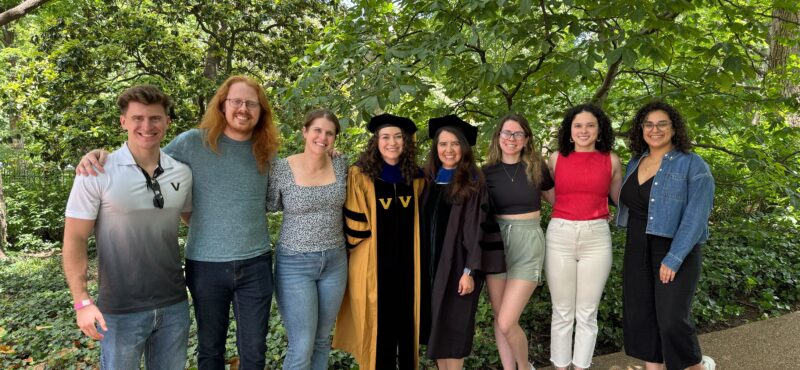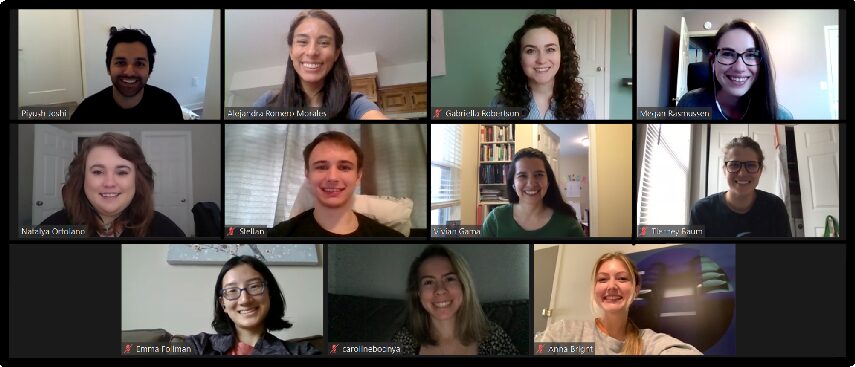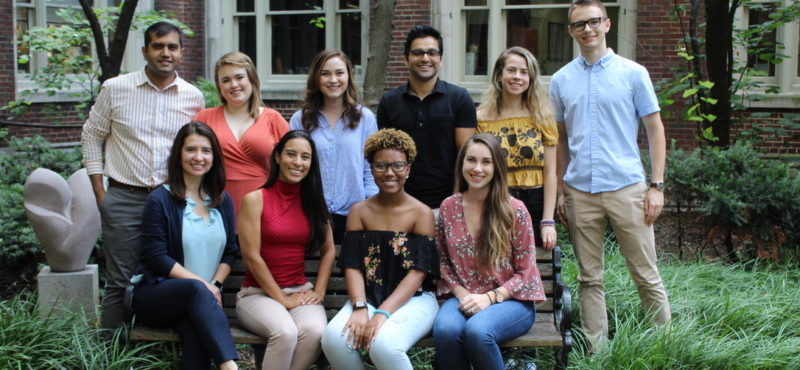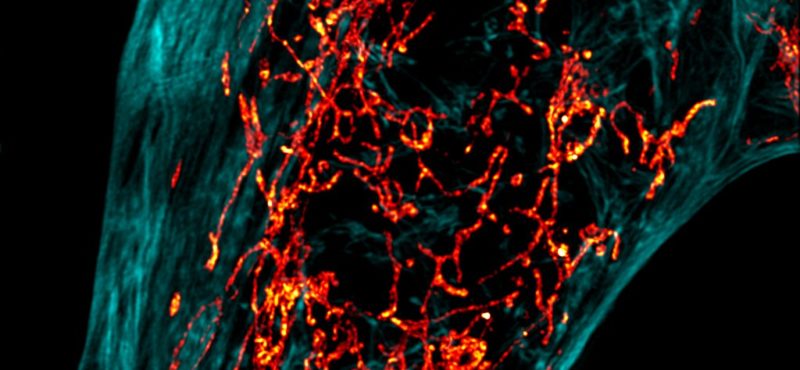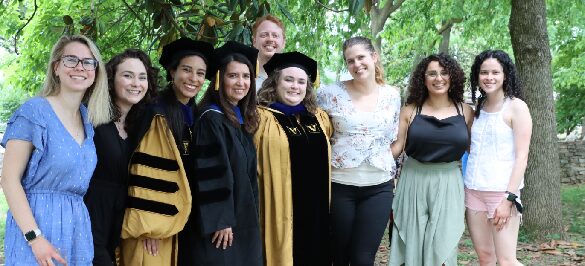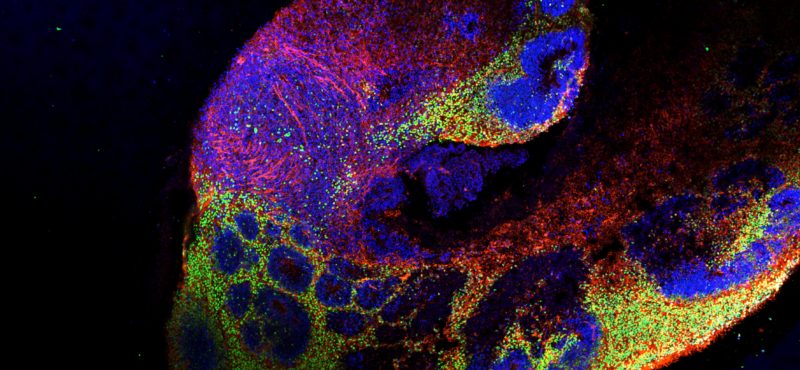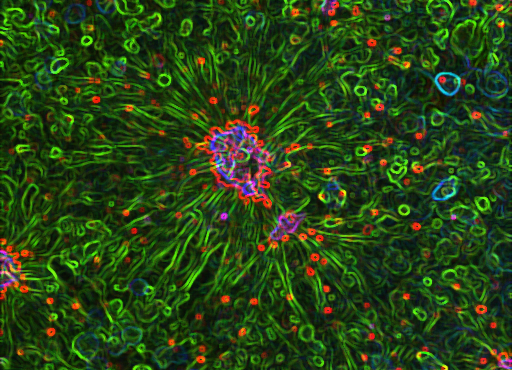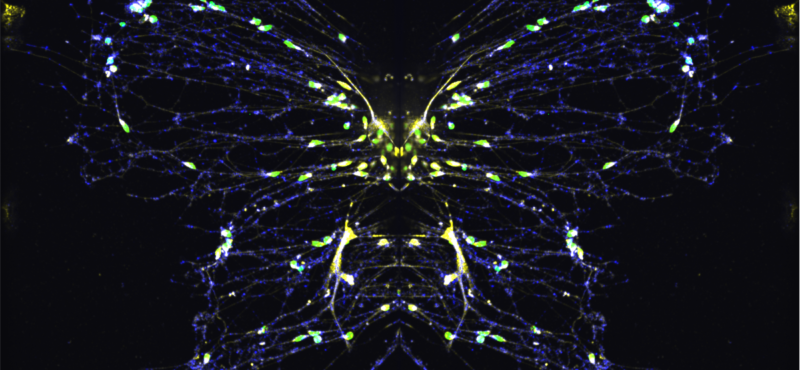Our research program aims to reveal the mechanisms by which mitochondrial and peroxisomal morphology, dynamics, and function impact cell transitions during neurogenesis and gliogenesis. Our goal is that this new knowledge will provide major insight into the underlying mechanisms of rare mitochondrial and peroxisomal diseases and reveal new therapeutic targets so desperately needed for these devastating and incurable diseases. The lab focuses on the following lines of research:
- Elucidating the mechanisms by which the BCL-2 family of proteins modulates mitochondrial morphology/function and stem cell self-renewal, pluripotency, and differentiation.
- Assessing the impact of the dynamic properties of the mitochondria and peroxisomes (fission, fusion, motility, and degradation) on early human cortical development using iPSC 2D and 3D model systems.
- Examining the role of cristae structure in human neural cells and how disruption in cristae morphology/dynamics could lead to neurodevelopmental defects.
- Modeling rare mitochondrial and peroxisomal diseases using iPSC 2D and 3D systems.
Welcome new IGP, QCB, and NGP graduate students! If you are interested in learning more about our research and talking about possible rotation projects, feel free to contact Dr. Gama: vivian.gama@vanderbilt.edu to schedule a Zoom meeting.

